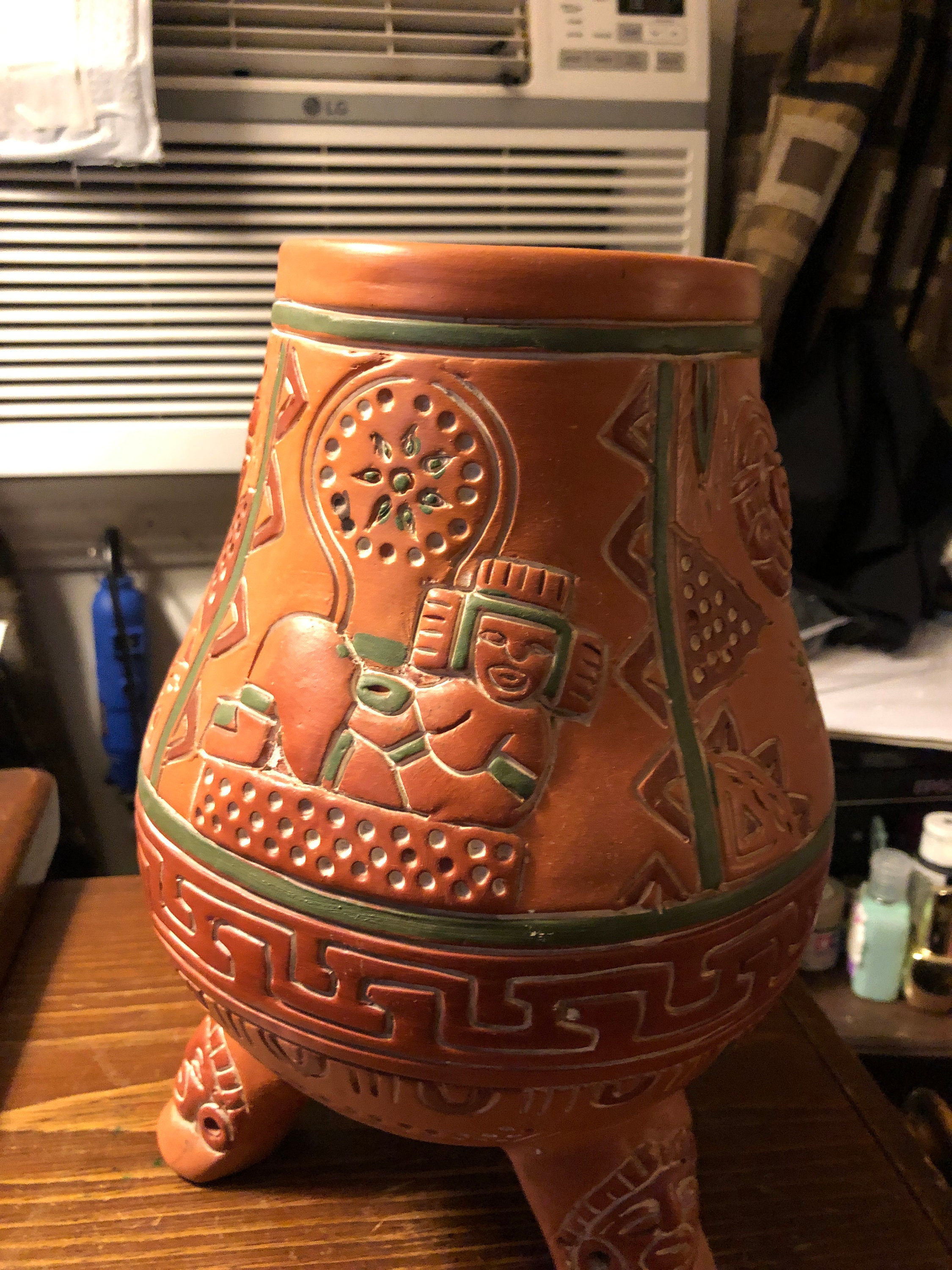

Imagine for a moment that you have gone back in time to the 1800s, a time when many Maya archaeological sites have yet to be discovered, when suddenly you are able to participate in the unimaginable: the discovery of the figure of Chac Mool! It was discovered for the first time in Mesoamerica, in southeastern México: Chichén Itzá, Yucatán, in 1874, and then later 14 more similar sculptures were found, from various places including Tula, where the Toltecs settled and also in Tlaxcala, Michoacán, Cempoala and México-Tenochtitlán, all located in Central México.Īugustus Le Plongeon, the British-American photographer and antiquarian, disembarked from a ship in Progreso with his wife in August of 1873, with the objective of excavating the Maya ruins, in the region which was in the midst of the Caste War at that time.

His name should not be confused with “Chaac”, the Maya rain god. This “great red jaguar”, as it is translated from the Maya, remains to this day one of the greatest mysteries connected to the Maya and Toltec cultures. At some point during your visit to the land of the Mayab you will have seen or heard about the incredible Chac Mool sculpture: a male human figure reclining toward the back, legs together, knees bent, feet usually on the floor, with his head turned to the left or right in a straight angle, with a circular or square container resting on his stomach, always looking towards the pyramid of the archaeological site where he is found.


 0 kommentar(er)
0 kommentar(er)
